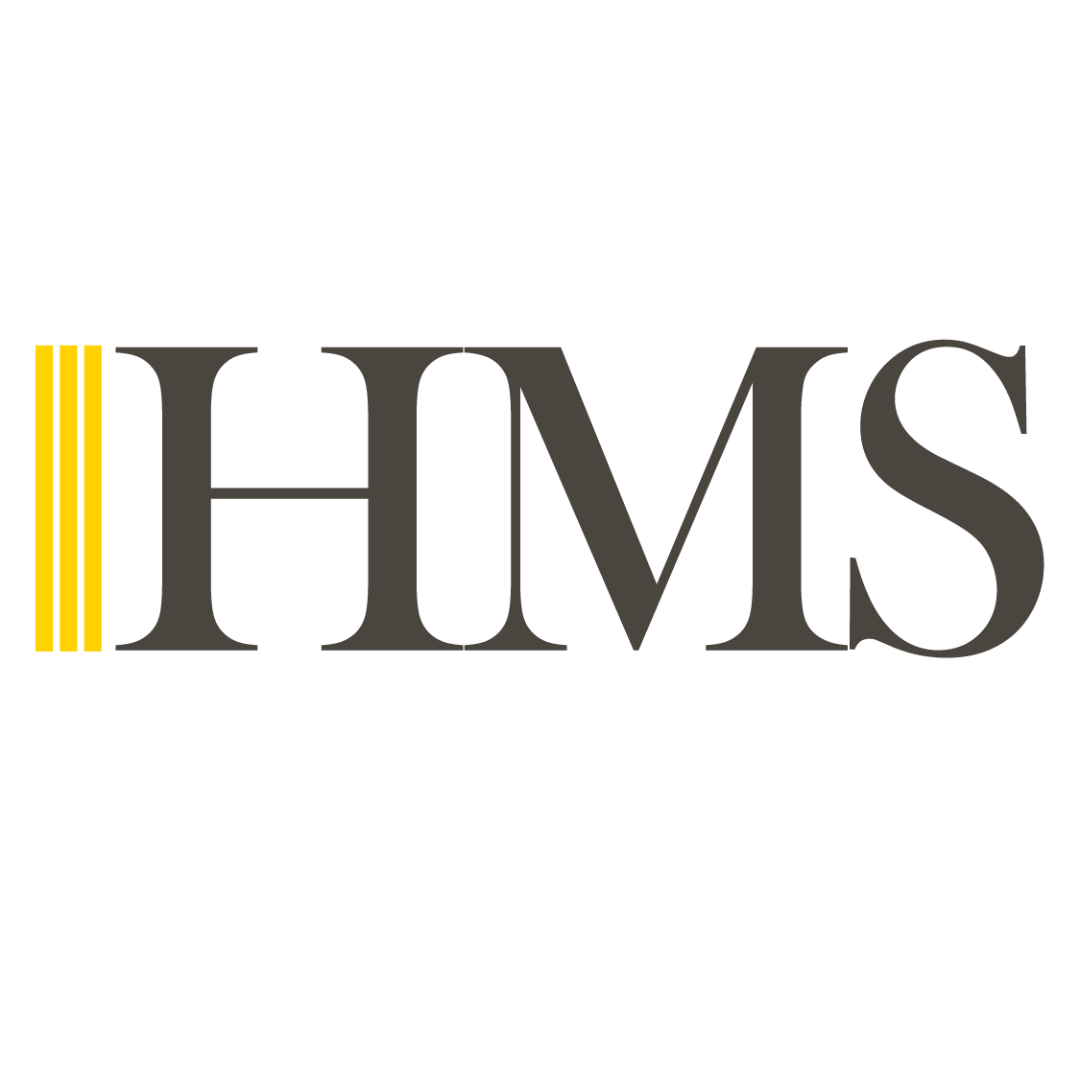F-1 Students Travel Checklist and Tips for Studying in the USA
Congratulations on being accepted to a U.S. university! We understand that traveling to a new country for your studies can be both exciting and overwhelming. To help you prepare for this journey, we've created a comprehensive checklist and provided some valuable suggestions for first-time F1 students like you.
03
Ongoing Tips and Support
1. Academic Success
-
Attend your school’s orientation program
-
Understand your course schedule and requirements.
-
Familiarize yourself with your school's campus and resources.
-
Make friends and connect with fellow students.
2. Cultural Adjustment
-
Learn about U.S. culture and customs.
-
Explore nearby grocery stores and essential shops.
-
Be aware of emergency services and healthcare options.
-
Stay updated on local news, weather, and important events.
3. Maintaining Your Visa Status
-
Be aware of your visa and work restrictions.
-
Keep your I-20 updated and report any changes to your DSO.
02
Arriving in the USA
1. Arrival Airport
-
Plan your arrival at a major airport in the USA.
-
Be aware of the airport layout and facilities.
2. Airport Procedures
-
Complete customs and immigration procedures.
-
Present your passport, visa, and I-20 to immigration officers.
-
Be prepared to answer the following questions.
-
The purpose of your visit to the United States
-
How long do you plan to visit
-
Where you will be staying
-
If you have the means to support yourself financially in the United States
-
If the documents you are presenting are compatible with the purpose and intent of your visit.
-
A visa does not guarantee entry into the United States. A visa only allows a foreign citizen to travel to a U.S. port-of-entry (generally an airport) and request permission to enter the United States. A CBP official will decide to permit or deny entrance into the US.
3. Transportation
-
Arrange transportation from the airport to your accommodation.
-
Familiarize yourself with public transportation options.
4. US Dollars
-
Bring enough cash to cover immediate expenses.
-
Transportation
-
Accommodations
-
Tuition
-
Meals
-
-
You can also use credit cards if your home bank has issued you one that will work in the U.S.
01
Before you Travel
1. Visa and Immigration Documents
-
Passport with at least 6 months of validity
-
Valid F-1 student visa
-
I-20 form (Certificate of Eligibility)
-
SEVIS fee receipt
-
Admission letter from your U.S. school
-
Financial documentation
2. Accommodation and Living Arrangements
-
Secure off-campus housing.
-
Research your housing options and understand rental agreements.
-
Search for hotel, apartment, or short-term rentals(Airbnb, vrbo, etc.)
-
Have the address with you when you travel in case CBP asks where you are staying.
3. Finances
-
Open a US bank account.
-
Prepare a budget for your living expenses.
-
Notify your bank of your travel plans.
4. Health Insurance
-
Purchase health insurance that meets your school's requirements.
-
Understand your insurance coverage and how to use it.
5. Travel Documents and Important Papers
-
Photocopy important documents (passport, visa, I-20, transcripts, degree certificates, English proficiency exam, etc.) and store them separately.
-
Scan and upload digital copies to cloud storage for easy access.
6. Travel Itinerary
-
Book your flight tickets.
-
Check baggage allowance and airport regulations.
-
Plan your arrival date. You cannot enter the U.S. more than 30 days prior to your start date.
7. Packing
-
Create a packing list or use ours below.
-
Pack essentials, including clothing, toiletries, and important documents. Consider the climate and season of your destination.
-
Check baggage weight and size limits.
8. School Onboarding
-
Pay semester tuition in full.
-
Register for classes and complete any other onboarding steps.
